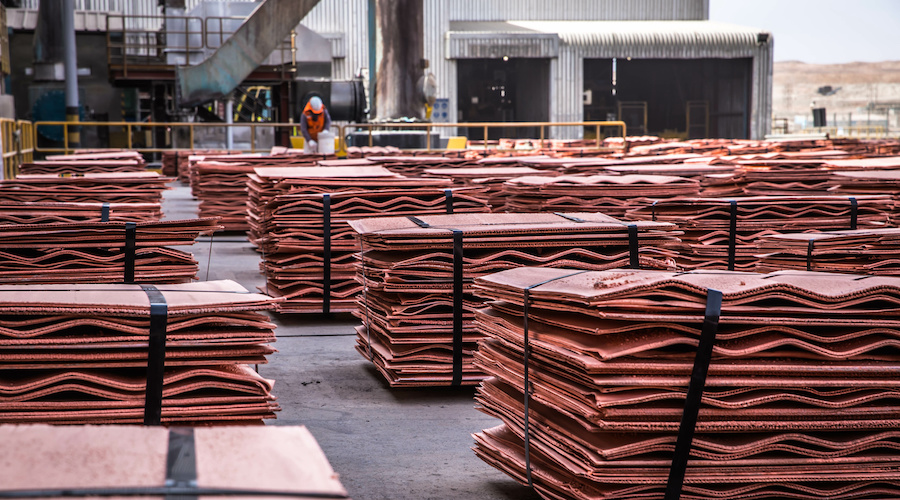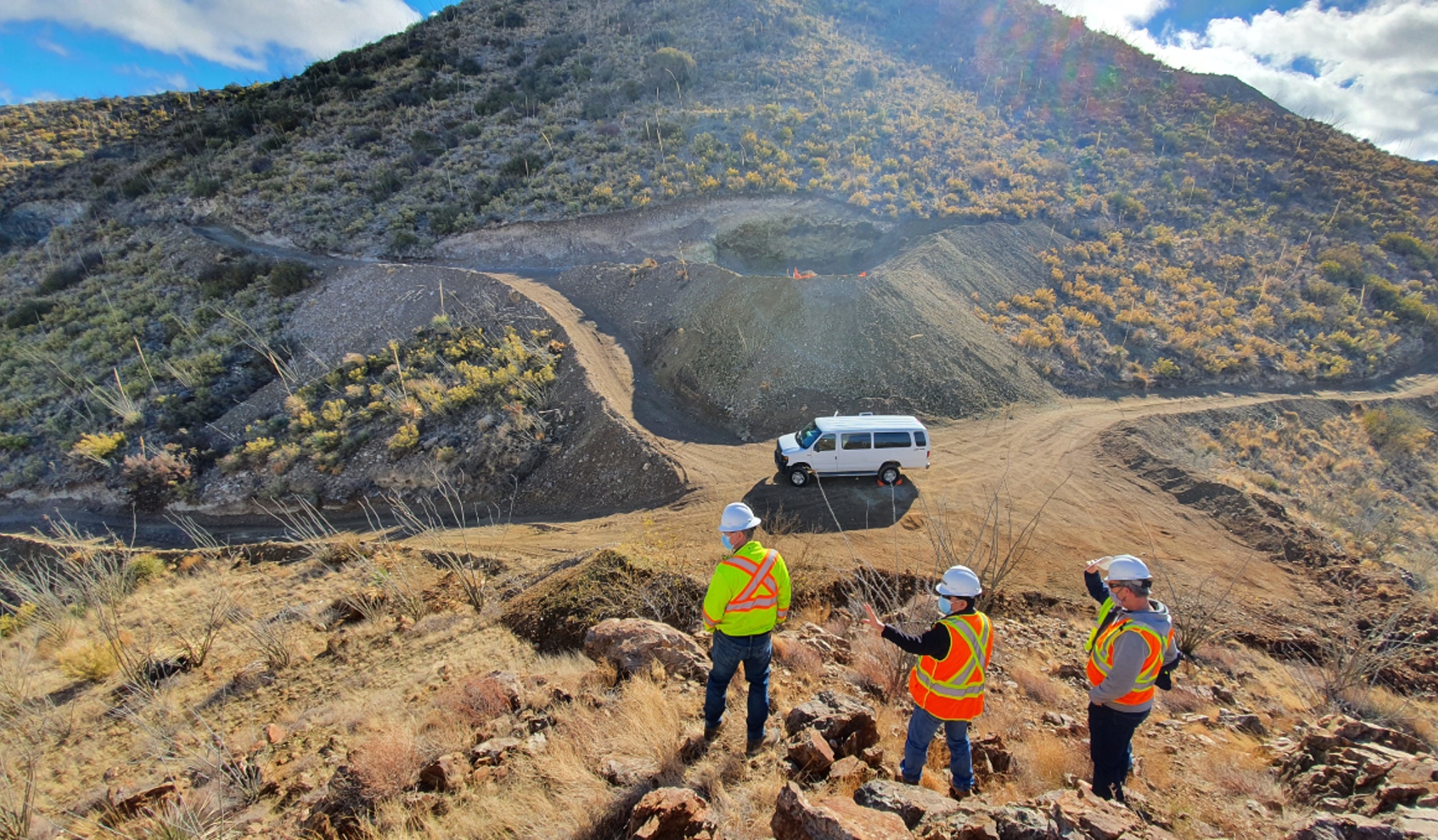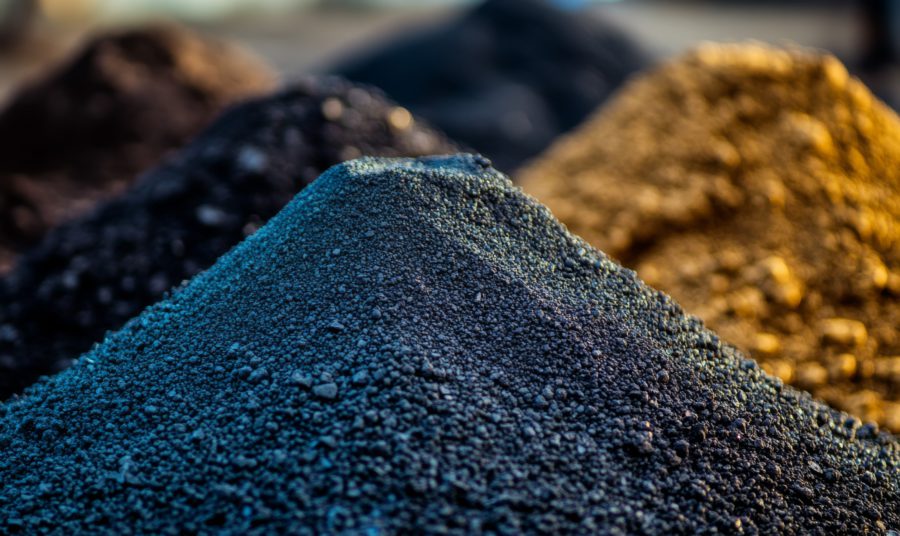Asian buyers profit from record discounts for near-term LME copper

Oversupply weighing on near-term prices of copper on the London Metal Exchange (LME) has created record discounts against longer-dated contracts and an opportunity for Asian buyers to purchase the metal cheaply, traders said.
The discount, or contango, for the cash copper over the benchmark three-month contract on the LME hit a record high of $108 a metric ton on Jan. 8, while the discount over the February contract stands at $58 a ton.
These discounts are being used by Asian buyers to negotiate lower prices with sellers of the metal used to make wire cable for the power and construction industries.
Expectations of tighter supplies due to disruptions including at First Quantum’s Cobre mine in Panama and Anglo American and Vale cutting production guidance have done little to derail this trend.
“Regardless of any medium-term narrative, the copper market has been well supplied with light demand impacting,” said Alastair Munro senior base metals strategist of Marex.
Copper buyers typically pay an average of the cash prices in the month after the month of arrival. But many buyers managed to settle 2024 contracts using an average price of the month when the copper arrives at their operations.
“It is a hard year for sellers and we have offered more flexibility in the payment period to Chinese clients,” a copper trader said.
Given the discounts for the cash contract against the February contract, buyers who have negotiated to use the average of the month deliveries were made will pay more than $50 a ton less for their copper.
“This year we managed to (lock) in more supply priced for the month of arrival,” a major copper consumer source in Asia.
Industry sources say output in China, which consumes more than half of the globally produced copper estimated at around 26 million tons this year. Domestic production rose due to growing smelting capacity.
In October, China’s refined copper production jumped 13.3% from the same period a year ago to 1.13 million tons.
(By Julian Luk and Pratima Desai; Editing by Louise Heavens)
More News
Gold trade war refuge
Gold’s star is rising, increasingly becoming the leading refuge amidst this chaos.
April 11, 2025 | 08:54 am
{{ commodity.name }}
{{ post.title }}
{{ post.date }}




Comments